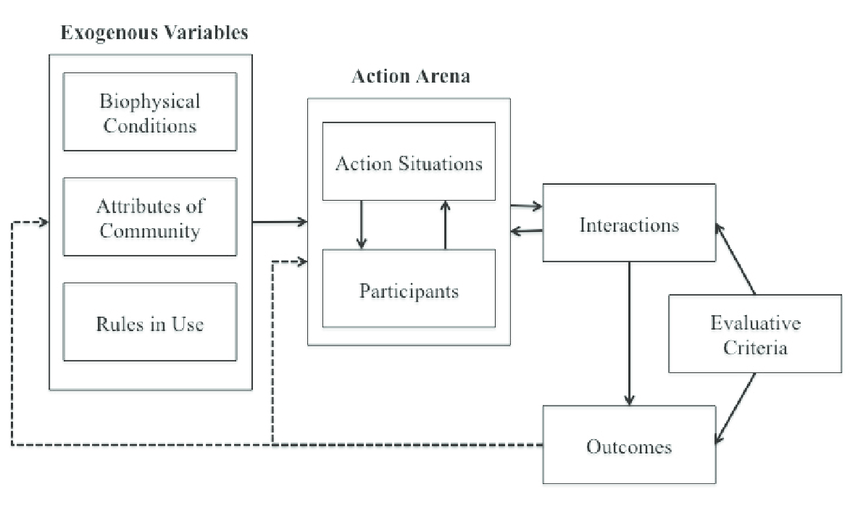- Facebook253
- Twitter1
- Total 254
Let’s posit that a good citizen should be able to a) form ideas about what would improve her community or society, b) understand how decisions about such matters are actually made and who has power to make each decision, c) persuade those people to think and act differently, and d) do all of the above ethically, which means reflecting on right and wrong.
A name for b) is “politics”; for c), “rhetoric”; and for d0, “ethics.” Aristotle wrote a book on each of those topics, and, although he didn’t give titles to any of his books, these are the names that we give them.
The Politics is about how city-states worked, about the pros and cons of various forms of government, and about the role of citizens in these states. The Rhetoric is about persuasion, but especially about “how to generate trust in ways that preserve an audience’s autonomy and accord with the norms of friendship” (Danielle Allen, Talking to Strangers, p. 141). In other words, it’s about persuading responsibly, to the benefit of the listener. And the Nicomachean Ethics is about how to live a good life.
As the founder of a school (the original “Lyceum”), Aristotle meant his works to frame a curriculum. The good citizen should study politics, rhetoric, and ethics.
Was he right? I think largely so, with two caveats.
First, Aristotle had little to say about the actual decisions that confront a community. Ancient Athenians had to decide whether to build a wall or more ships, to invade Sicily or pursue peace with Sparta, to rebuild the Parthenon or use the money for something else. In our day, we must decide what to do about climate change, policing, economic growth and equality, and myriad other issues. Aristotle didn’t address most of the policy questions of his day, let alone those of our time. And he didn’t make “policy analysis” a part of his civic curriculum.
I think one reason was that he didn’t believe that general, theoretical reasoning was helpful for policymaking. Wise collective action was a matter of phronesis, judgment, and it was highly concrete. Citizens should deliberate about whether to build more triremes and should learn from the results. No abstract theory would help them to decide.
The other reason may have been a kind of elitism. Expertise existed about military, architectural, economic, medical, and agricultural matters, but it belonged to tradesmen (broadly defined). Gentlemen-citizens were generalists who lacked such knowledge. Their role was to consult experts when necessary and then to make all-things-considered judgments. A curriculum for gentlemen-citizens was about politics, rhetoric, and ethics, not about policy.
In contrast, we have disciplines such as economics, medicine, law, education, social work, international relations (and many more) that confer the highest social status and that promise knowledge relevant to making decisions. They sometimes even promise to be able to determine the best policies. For instance, if economics works, it should generate answers about questions involving taxes and interest rates. Advanced education for leaders has turned into the study of public policy, largely to the exclusion of rhetoric, ethics, and even politics, in Aristotle’s sense.
We might think that the pendulum has swung too far, because we really do need phronesis to make decisions. There are few algorithms that can determine a better policy. And to exercise judgment, we need ethics, rhetoric, and politics. But we wouldn’t want the pendulum to swing all the way back to Aristotle’s view, which is too disparaging of the study of policy. We should add the social sciences to Aristotle’s curriculum.
The second caveat concerns how we interpret Aristotle’s project and continue it. One type of interpretation emphasizes the consistency of Aristotle’s whole philosophy. He perceives ethics as connected not only to rhetoric and politics but also to logic, metaphysics, and natural science. It’s all part of one coherent universe organized by a small number of principles. A major test of whether a view is right is whether it coheres with this whole system.
If you think of Aristotle’s system as an inspiration, but you want to update it for a new era, you may try to build a new system. You won’t derive your specific views from any social science but from the elaboration of an overall view of the world: a systematic philosophy.
Thomas Aquinas exemplifies this approach. He believes that Aristotle must be updated by adding Christianity, and he writes a new systematic philosophy to that end. He begins with the question of God’s existence and works from there toward all other questions. When Aquinas gets to politics in the second part of the second part, question 58, his topics are: (1) What is justice? (2) Whether justice is always towards another? (3) Whether it is a virtue? (4) Whether it is in the will as its subject? (5) Whether it is a general virtue?; (6) Whether, as a general virtue, it is essentially the same as every virtue? — and so on.
The ornate cathedral of Aquinas’ thought might seem like a mere curiosity, except that the urge to systematize has been common, and Aristotle has often served as a model.
The alternative is to emphasize the Aristotelian idea of phronesis, practical wisdom. What Aristotle offers are some very general guidelines about how to organize political communities in which individuals who strive for personal virtue can argue productively about what to do together. No theory settles how to structure political organizations, how to live, or what policy arguments are right, but Aristotle inaugurates a process of thinking about those three topics together. And they are still more or less the right topics for citizens.
See also against a cerebral view of citizenship; Bent Flyvbjerg’s radical alternative to applied social science; Bent Flyvbjerg and social science as phronesis; on philosophy as a way of life.





